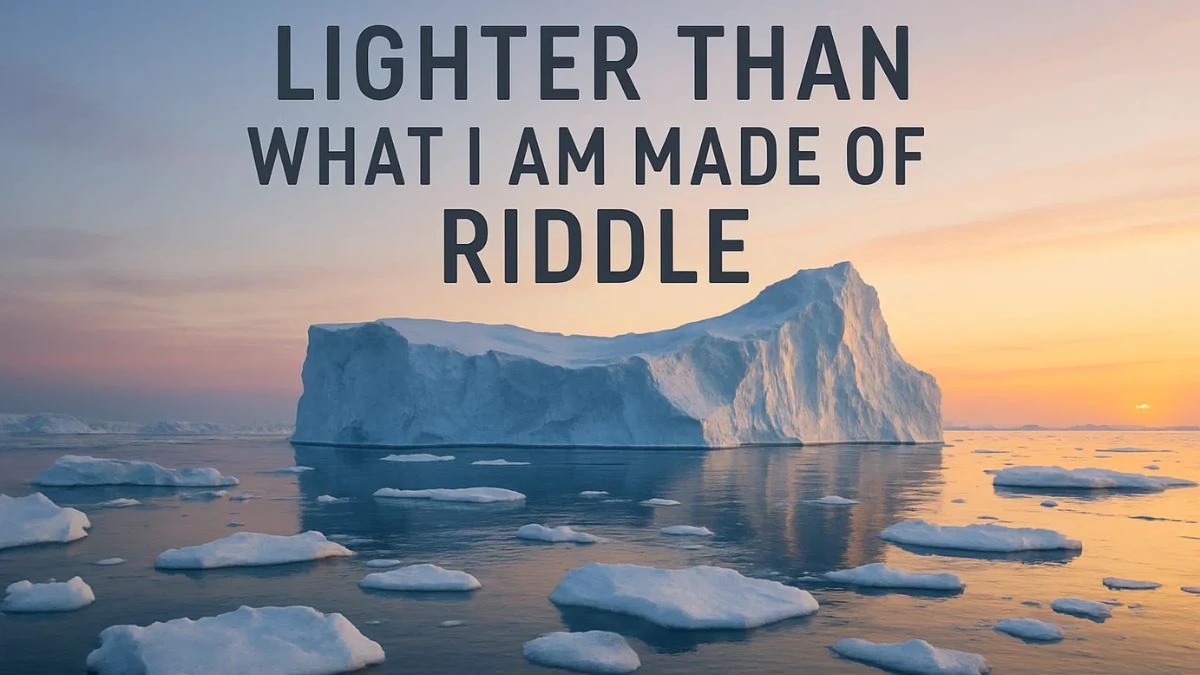Lighter Than What I Am Made Of Riddle Answer Explained
Riddles have always fascinated people by challenging our thinking and sparking curiosity. One such intriguing riddle is:
“Lighter than what I am made of, yet I float and stand above.”
The answer to this riddle is Iceberg. Let’s dive into why this is the perfect solution and explore the science behind it.
Understanding the Riddle
At first glance, the riddle seems paradoxical. It says lighter than what I am made of, but the object actually floats and stays above a surface. This hints at something that defies our usual expectations about weight and buoyancy.
Why Iceberg?
An iceberg is a massive chunk of ice floating in the ocean. Ice is simply frozen water, but interestingly, ice is less dense than liquid water. This difference in density is why ice floats on water, even though it’s solid and heavier than air.
-
Lighter than what it is made of: Icebergs are made of ice, but that ice is less dense than the water surrounding it, so the iceberg is “lighter” than the volume of water it displaces.
-
Floats and stands above the surface: Most of an iceberg’s mass remains underwater—about 90%—while only 10% is visible above the surface, giving the impression it floats majestically.
The Science Behind Iceberg Buoyancy
Water has a density of about 1 gram per cubic centimeter, while ice has a density of roughly 0.92 grams per cubic centimeter. This difference means ice is about 8% less dense than water. This slight variation is sufficient to allow enormous blocks of ice to float effortlessly on the ocean.
This uncommon physical property is crucial for life on Earth. Since ice floats, lakes and oceans freeze from the top down, allowing aquatic life to survive underneath during winter.






